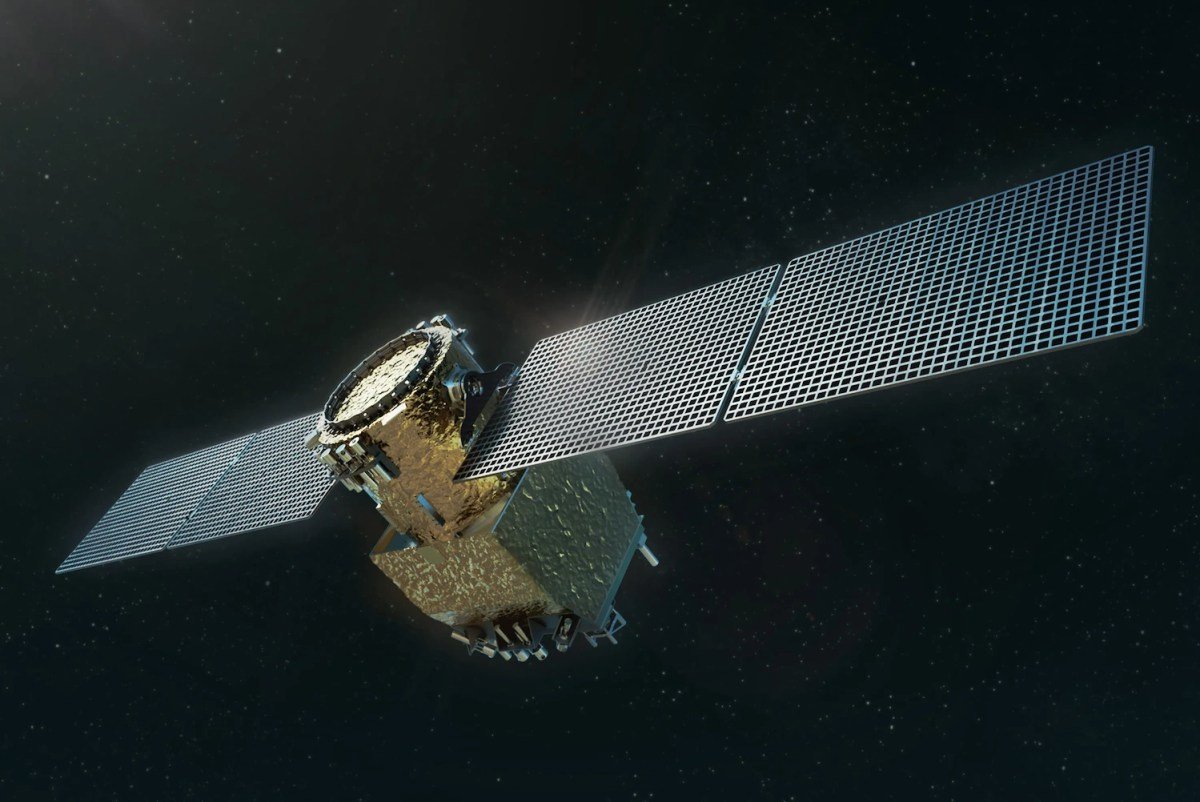The Orbital Operations Company known as Astroscale has recently disclosed new information regarding their approach to refueling satellites in space. The company has secured a $25.5 million contract with the Space Force to explore this groundbreaking concept, with their solution being compared to a AAA truck traveling at the incredible speed of 25,000 miles per hour.
The idea of on-orbit servicing and repair is appealing to anyone who wants to protect their investment of $100 million from burning up. While many satellites remain functional after years in space, they often deplete their fuel and can no longer maintain their assigned altitude and trajectory. As a result, they must be allowed to deorbit, essentially rendering them useless.
Traditionally, the only option would be to launch another $100 million satellite. However, companies like Astroscale and OrbitFab have proposed a more cost-effective solution: refueling the satellites in space for a fraction of the cost. This could potentially save millions of dollars and prolong the lifespan of these valuable assets.
Although most satellites are not currently designed with refueling capabilities, this could easily change in the near future. The process of how to accomplish this task is still an open question, but Astroscale is determined to find a solution. Last summer, the company was awarded a contract by the Space Force to explore the possibility of in-orbit refueling, and they have now revealed their plans for doing so.
The Astroscale Prototype Servicer for Refueling, also known as APS-R, is a relatively small satellite, roughly the size of a gas pump. It will ascend to geosynchronous orbit, approximately 300 kilometers above Earth, and then descend to rendezvous with a “prepared client” that has the correct refueling port. The specific client is still undetermined, but the company is actively working on finding a suitable candidate.
Once the client satellite has been refueled, the APS-R will conduct a thorough inspection, looking for any fuel leaks or other potential issues. Then, it will ascend back up to geosynchronous orbit to rendezvous with the Defense Innovation Unit RAPIDS fuel depot, essentially an orbital gas station.
Some alternative concepts for space-based refueling involve storing all the fuel on the craft itself, rather than acting as an emergency shuttle between the station and the customer – hence the AAA comparison. However, as the military has deemed a giant, geostationary pressure vessel filled with hydrazine to be the safer option, Astroscale has opted to follow this approach. It is possible that a self-contained version could be developed for non-military use in the future.
This joint project, with costs split roughly down the middle, is still only in the “concept of operations” phase. However, Astroscale plans to have it fully operational by 2026. Undoubtedly, we will hear more about this and other space sustainability projects well before then.








